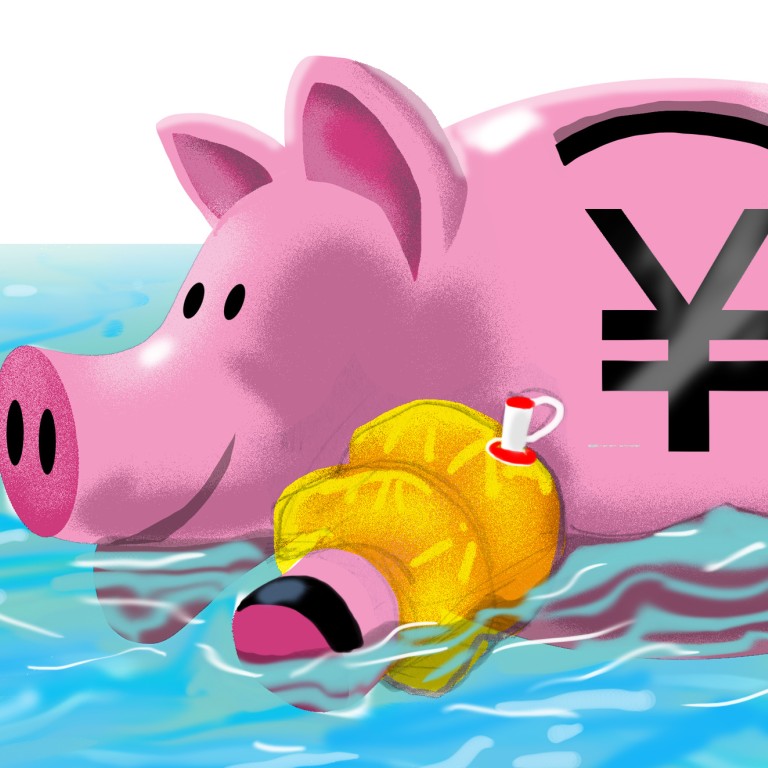
How China can best solve its currency crisis
Chen Zhao says the current strategy of defending the peg is unsustainable and Beijing must instead look to float the yuan and at the same time launch a large fiscal stimulus package

READ MORE: China currency head urges investors not to listen to ‘talking down’ of yuan
What should the central bank do? The PBOC is faced with the so-called “impossible trinity” – with capital account mobility, a central bank can either control interest rates or foreign exchange rates, but not both. Practically, therefore, the central bank has three options to deal with its currency market problem:
●The first is to reimpose or tighten capital controls, which would allow the central bank to drop interest rates and reserve requirements to stimulate the economy, while keeping the currency peg.
●The second option is to simply float the yuan, letting market forces find the new equilibrium for the currency market.

Each option has its own unique set of economic, social and political benefits and costs. Reimposing capital controls is easy and quick to implement, and may produce an instantaneous effect on reducing capital flight, but would entail many side effects in the longer run. For one, it is an anti-market move that would mark a major step back from China’s long-term goal of financial market liberalisation. It would also mark a major setback for the yuan to achieve full convertibility, which is essential for the currency to truly become a global reserve currency.
READ MORE: Yuan is China’s currency but US Federal Reserve’s problem
More importantly, restricting capital flows would guarantee dual pricing, with official foreign exchange rates living hand in hand with “black market” rates. This would lead to chaos and turmoil in the financial system down the road.
Floating the yuan now serves the purpose of financial liberalisation and should be an ultimate step in restructuring China’s financial markets, but the action would involve large political and economic risks. The Chinese government has already promised no devaluation to both domestic residents and the international community and any sharp fall in the currency would deal a blow to Xi Jinping’s (習近平) credibility.

READ MORE: Offshore yuan falls sharply Friday to end three day winning streak
The third option – using a large fiscal stimulus to reverse a slowing economy – is essentially a policy adopted by the Chinese government in the aftermath of the Asian financial crisis in the late 1990s. The collapses in Asian currencies in 1997-98 jacked up the yuan’s value sharply, making the currency hugely overvalued, literally overnight.
At the time, everyone was predicting that China would scrap its currency peg and devalue, too. Nevertheless, the Chinese government defied expectations by waging an effective war defending the currency peg by launching a massive fiscal stimulus worth as much as 5-6 per cent of GDP. This package was powerful enough to counter the economic downturn brought about by contracting Asian economies. The currency peg was maintained.

READ MORE: China’s currency seen poised for further devaluation after dismal kickoff to new year
Fearing currency instability but also refusing to implement a new fiscal package, the Chinese government is boxed in. Policy paralysis has prevailed. However, with producer prices having fallen for 48 consecutive months and the economy continuing to weaken, it is clear that the Chinese economy is starved of aggregate demand. To avoid a hard landing, a large fiscal stimulus package is necessary, whether Xi likes or not. Granted, the Chinese government is not in a panic and Beijing still commands large resources that allow policymakers to muddle through. Nevertheless, the clock has begun ticking in the currency market.

Chen Zhao is co-director of macro research at Brandywine Global Investment Management

